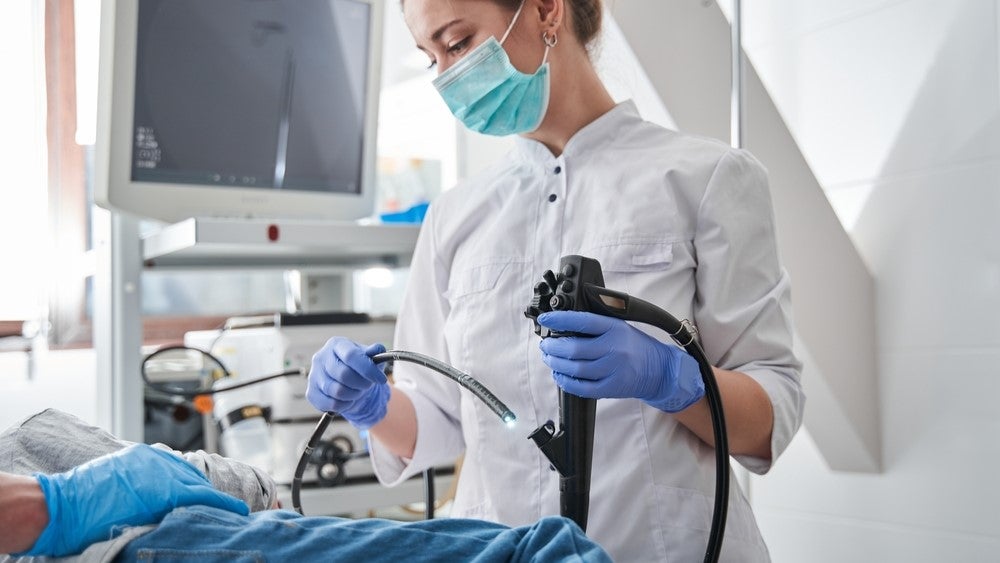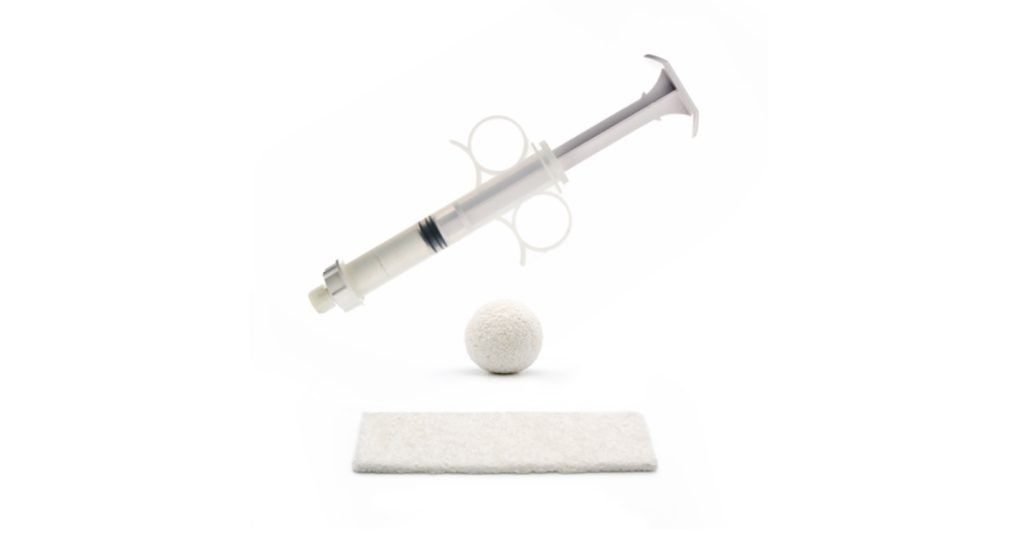EndoSound and AdaptiveEndo have partnered to develop a single-use endoscopy device capable of simultaneous endoscopic ultrasound (EUS)/endoscopic retrograde cholangiopancreatography (ERCP) procedure.
EUS is used as a diagnostic and therapeutic tool, which can be utilised to perform ESCP bile duct and pancreatic duct drainage procedures. Using EUS during ESCP reduces the procedure's difficulty and increases the chance of success.
ESCP is used to treat obstructive jaundice secondary to pancreaticobiliary tumours, or pancreatic pseudocysts requiring drainage.
The companies have tested their single-use endoscopy device at an animal lab. The trial showed the ability of a single-use AdaptivEndo gastroscope and an AdaptivEndo duodenoscope to perform EUS in an in-vivo porcine animal lab setting.
EndoSound wants to develop a single-use EUS/ESCP device as a way to eliminate the challenges posed by reusable endoscopes, namely infection control due to the difficulty of cleaning parts of an endoscope, sterilisation and access to care.
The disposable endoscopy market is expected to grow in the next few decades, as per the GlobalData disposable endoscopic procedures outlook report. GlobalData expects the disposable endoscopic procedures to be conducted in North America to increase from around 1.28 billion in 2021 to 7.39 billion in 2030, at a growth rate of 30.5%.
“By combining our expertise in single-use endoscopy with EndoSound's revolutionary ultrasound technology, we aim to accelerate the time to market for both of our cutting-edge technologies,” said AdaptivEndo's president, Ed Fancher.
“This partnership will reshape the endoscopy landscape, making advanced procedures more accessible and safer for patients."














